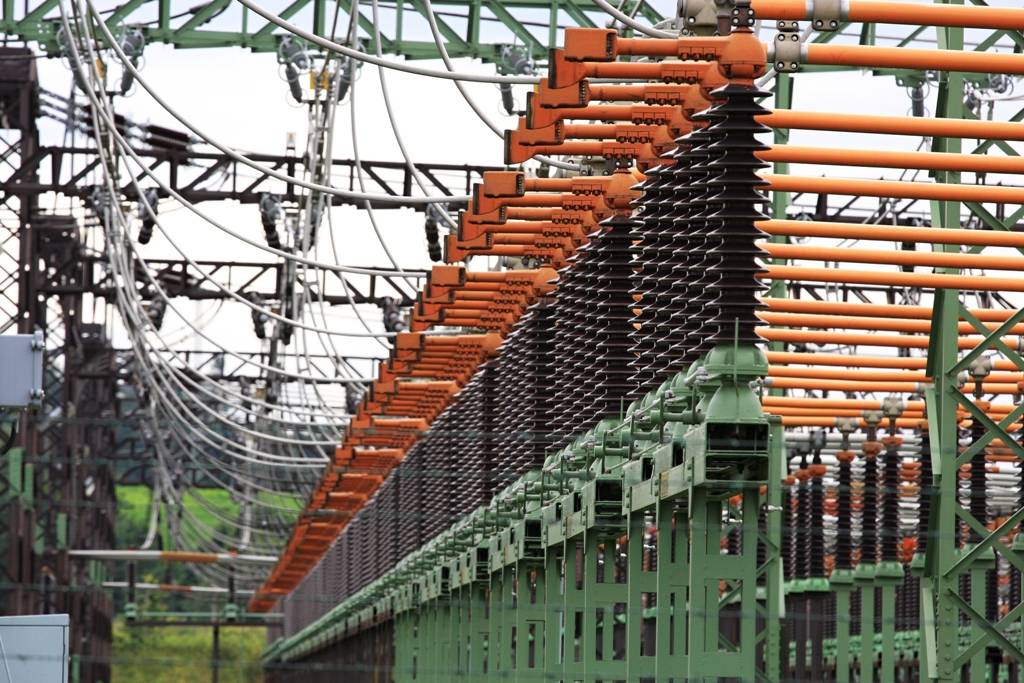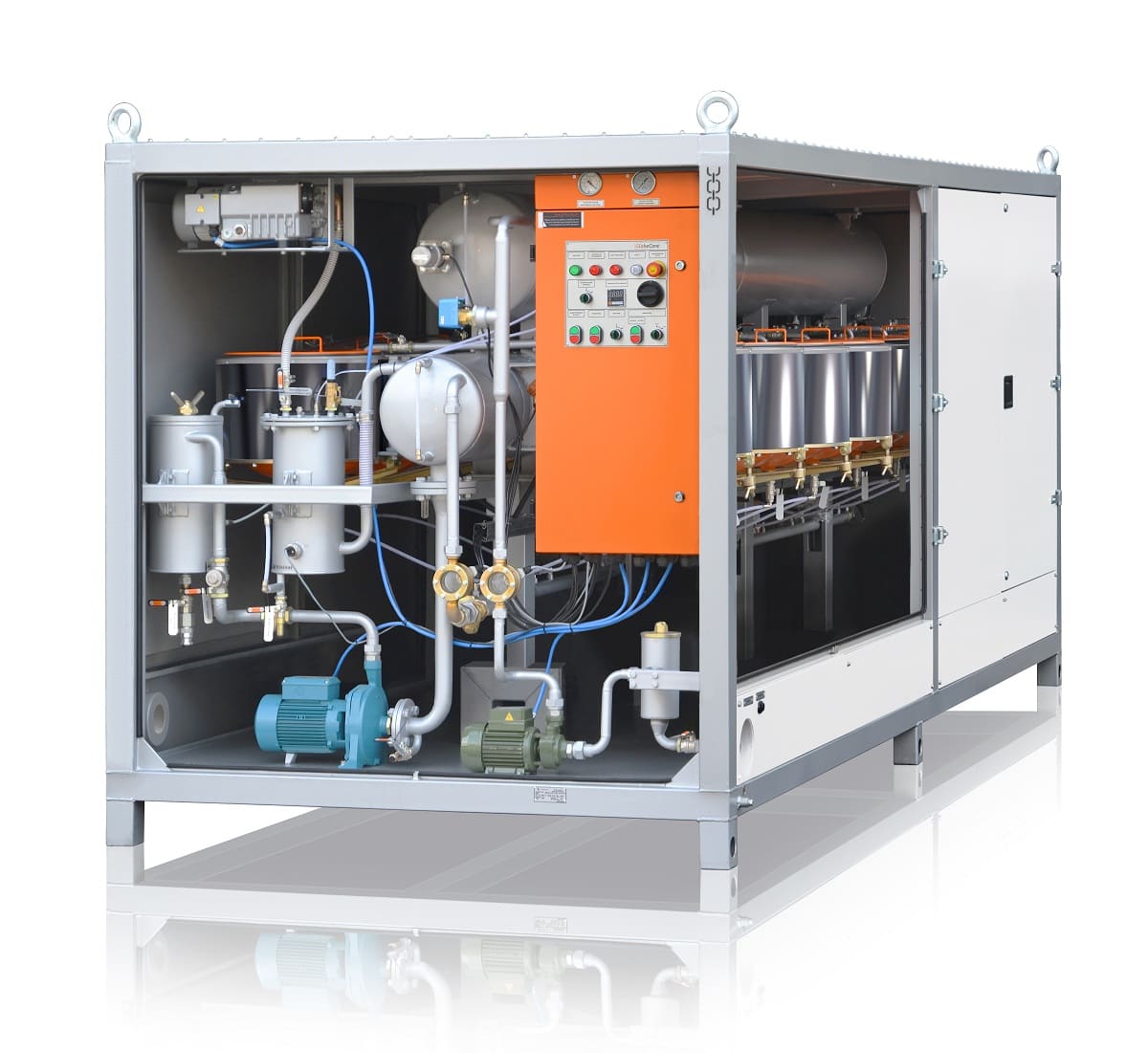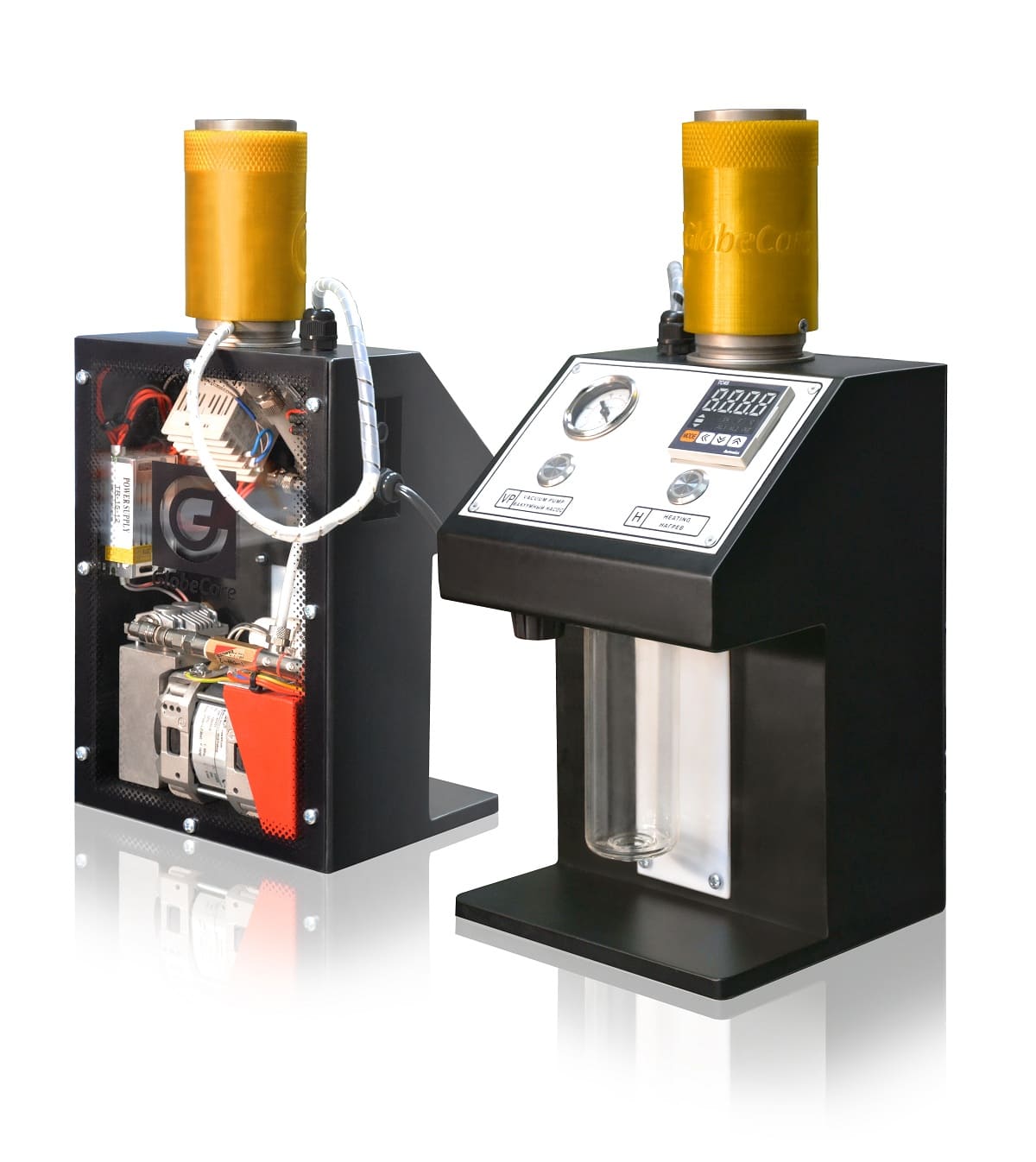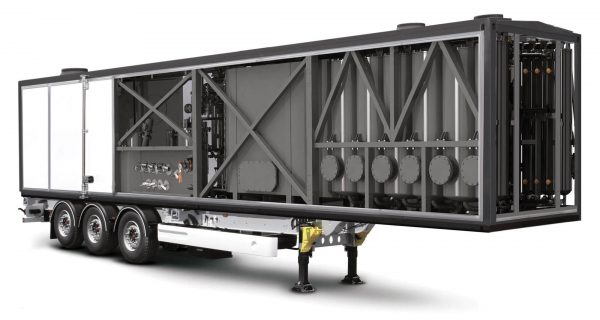The importance of analyzing transformer oil is well known and undisputed. Beside the information on the current condition of the insulation fluid, the analysis also reveals other problems: aging of cellulose insulation, partial discharges etc. Full and abbreviated analysis can be performed on the transformer oil.
The process of transformer maintenance has been rapidly developing during the recent two decades. This has become important due to the need for highly reliable transmission of power in the grids, reduction of oil filled equipment failures and repair costs. High transformer prices does not allow to change the equipment every time it fails. Therefore, maintenance is the instrument to extend transformer service life.
Control of the current condition of transformer oil reveals developing problems which may lead to transformer failure in the future. Careful servicing helps determine when the transformer should be taken offline for repairs.
It should be noted that some of the transformer checks are not difficult, such as has relay, switches and checking for leaks. For cellulose insulation evaluation, a transformer oil analysis is required.
Moisture content
Transformer oil has several functions. Electrical insulation is the most important. If the content of water in the oil exceeds a certain amount, insulation performance is degraded, resulting in a breakthrough.
Moisture may enter the oil, for instance, due to rapid temperature changes. Water degrades not only the oil, but also the cellulose, which ages faster.
Acid number
Transformer oil is not very different from other mineral oils in terms of oxidation. Temperature and oxygen in the air are the factors which accelerate this process. Another detrimental factor is the presence of metal particles, which can act as catalyst for the formation of carboxyl acids, increasing the acidity of transformer oil. With time, sediment and sludge form, which block the flow of oil, impeding heat dissipation. High acidity also destroys cellulose insulation. The higher the acid number, the lower is the dielectric strength of the oil and the higher its moisture content.
Dielectric strength
The dielectric strength of the transformer oil is the maximum voltage the oil can withstand without a breakthrough. Since one of the functions of the oil is electrical insulation, any reduction of the dielectric strength can be critical.
This parameter is influenced by water content, as well as the products of oil and cellulose insulation aging.
Furan compounds
The analysis of furan compounds reveals the degree of insulation aging. This test shows the degree of paper polymerization. In theory, it can be measured by taking a sample, but in practice this is complicated.
Since furan compounds form when the polymer structure of cellulose decays, their content shows the degree of solid insulation aging.
Transformer oil analysis is very important to prevent possible blackouts, showing the actual condition of electrical equipment.
Transformer oil reclamation
It is obvious that oil can no longer perform as required with degradation of its parameters. In this case the used dielectric fluid can be replaced with new. However, first, oil products are not cheap, second, draining the oil from the transformer does not remove all contaminants and oil decay products from the transformer. They mix with the new fluid and cause it to age faster. To escape this circle, recondition should be considered instead of regular purchases of new transformer oil.
Transformer oil reclamation allows to restore its performance to required parameters, making the fluid fit for reuse. Regeneration of oil every time its acid number approaches a critical value, the oil’s life can be significantly extended. Recycling also saves money, improves power supply reliability and extends transformer life.
The CMM-R units by GlobeCore are designed for extension of transformer life by restoring the dielectric strength and chemical composition of transformer insulation oil.
In the process of oil restoration, products of oil decay and acid compounds are removed, color is clarified, and oxidation stability is improved, while gas solubility is reduced.
The feature of the CMM-R units is the ability to operate them in combination with degasser and air dryers. Transformer oil can be reclaimed in the transformer directly.
Reclamation of oil in the transformer allows to solve and remove the sediment from transformer winding insulation.
A unique design feature of the unit is the use of special Fuller’s earth sorbent with multiple reactivation capability. Oil filtration process can be performed continuously without the need to stop for sorbent Fuller’s earth change.
GlobeCore’s process of oil purification significantly reduces the dissipation factor. After oil reclamation, this parameter is the same as that of new transformer oil.
The CMM-R units reduce acid number of the oil to acceptable values and remove sediment and sludge.
Regeneration of transformer oil extends transformer lifetime by 20 – 35 years.


 Private: CMM-450/16U Transformer ...
Private: CMM-450/16U Transformer ... СММ-0,001U Laboratory Oil ...
СММ-0,001U Laboratory Oil ... CMM-12R Oil Regeneration ...
CMM-12R Oil Regeneration ...